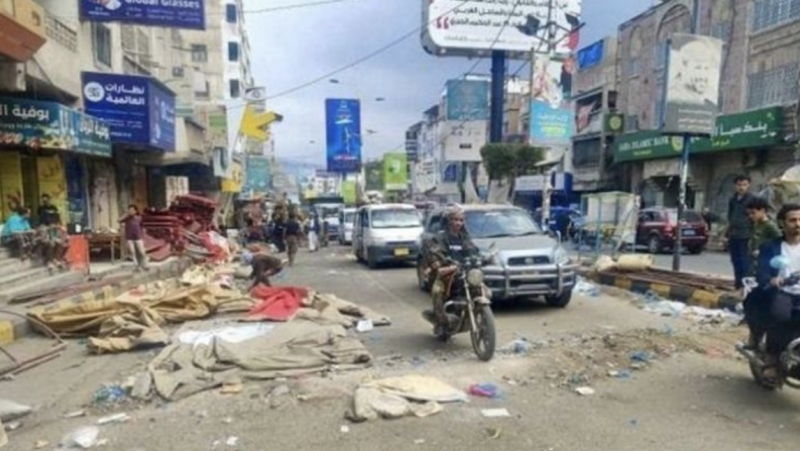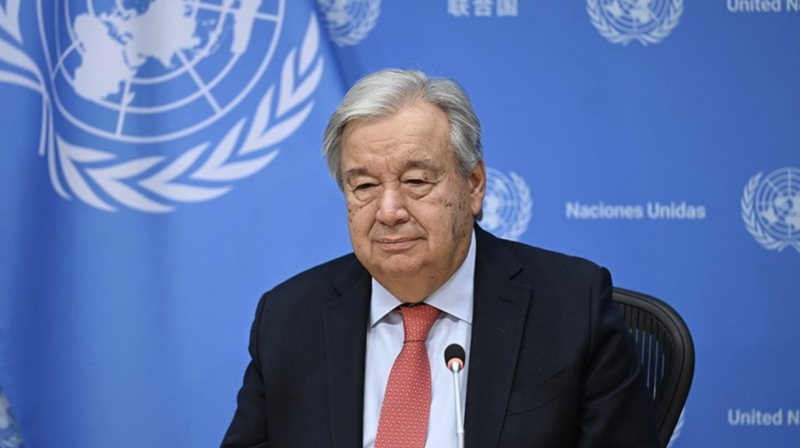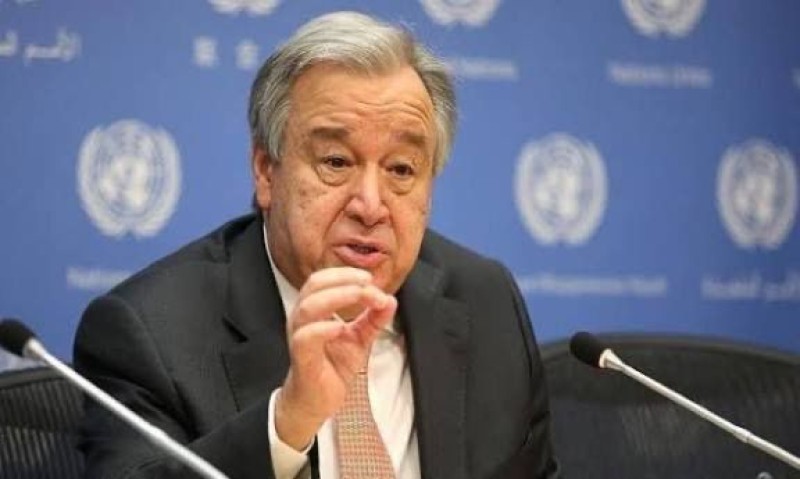Yemen’s Houthis Block Access to Time-Bomb Tanker, Falsely Blame U.N


On July 15, the Houthis, issued a statement on a previous agreement with the United Nations to carry out repairs on a neglected supertanker moored off Yemen’s west shore. There is a danger that the tanker, FSO (floating storage and offloading unit) Safer, may spill its contents -- 1.1 million barrels of oil, or four times the amount of oil spilled in the infamous Exxon Valdez disaster.
In their statement, the Houthis, who control access to the dilapidated tanker, blamed the U.N.’s Office for Project Services (UNOPS) for the failure of talks to repair the floating vessel.
“The UN presented a work plan that violates the urgent repair and evaluation agreement on SAFER tanker,” the statement said, referring to a November 2020 agreement.
But that is false. In fact, the Houthis have been backpedaling on promises to allow the U.N. mission to perform initial inspections onboard.
The U.N. replied to the Houthis in a July 26 statement obtained by VOA, calling their comments “disappointing.”
Farhan Haq, deputy spokesman for the U.N. Secretary General, said the agreement with the Houthis was to first assess the safety of the tanker before doing light maintenance. But the Houthis are demanding guarantees to conduct a full light maintenance, which could limit the danger of a spill or explosion.
“The SAFER is a very dangerous site, and advance guarantees – before verifying conditions onboard – are not possible. That is also why the November 2020 agreement explicitly conditions the light maintenance activities on the safety environment we find onboard,” Haq said.
The Houthis’ accusations have come amid a seven-year-old conflict in Yemen that entangles regional powers and the United States. According to the United Nations, the fighting has spawned the world’s worst humanitarian crisis, with about 16 million Yemenis – two-thirds of the population – in need of food and other assistance, or protection from violence.
The endangered FSO Safer, one of the world’s largest single-hull tankers, is sitting off the Yemeni port of Hodeidah, a route for food and other aid.
According to the environmental group Greenpeace, 150 million people in six Red Sea countries are at risk from a spill from the tanker, which could “destroy the limited livelihoods of poor coastal communities depending on fisheries, devastate nearby coral reefs, clog desalination plants that provide drinking water to millions of people in the region” and worsen the conflict in Yemen.
The Houthis are a homegrown Shiite military and political movement backed by Iran. The group carries the name of its former leader, Abdul-Malik al-Houthi. In 2014, following failed negotiations with Yemen’s Saudi-backed government, which supported President Abdrabbuh Mansur Hadi, the group took over Yemen’s capital, Sana’a, and other territories.
Alarmed by the growing influence of an Iran-backed militia in Yemen, Saudi Arabia and eight other Arab countries launched an air and ground military war in Yemen in 2015, along with an air, land and sea blockade, aimed at ending Iran’s influence in Yemen and restoring the Hadi government. The Arab coalition is supported by the U.S., U.K. and France.
The Houthis have repeatedly backtracked on agreements with the U.N. mission to inspect the tanker. A serious leak occurred in May 2020, when seawater seeped into the Safer’s engine compartment, raising concerns over a potential disaster. The U.N. Security Council held a special session in July 2020 to highlight the urgency of resolving this issue.
The leak led the Houthis to send written consent accepting a long-term U.N. repair mission.
However, the Houthis failed to sign off on mission plans, indefinitely postponing a mission that was set for February 2020, and demanding a review of the entire mission. The U.N. was unable to board the tanker.
A U.N. source told Time Magazine that negotiations with the Houthis have been stalled over technical issues.
Asharq Al-Awsat, a U.K.-based pan-Arab daily newspaper, said Yemen’s Saudi-backed government suggested extracting oil from the tanker for sale to pay for health care in the country, but the Houthis refused to keep the cargo under their control to use it as a bargaining card for political and military gains.
Built in 1976, the Safer was initially used as the oil carrier “Esso Japan.” Since 1988, the vessel has functioned as a Floating Storage and Offloading (FSO) facility. For more than 30 years, the Safer has been floating without any dry-docking or shipyard repairs.
Single-hull tankers were phased out in U.S. waters after the Exxon Valdez ran aground in Prince William Sound, Alaska, in 1988. In 1992, an amendment to the International Convention for the Prevention of Pollution from Ships (the MARPOL Convention) required all newly built tankers to have double hulls.

Taiz -- A child and another man were killed, while nine others including a young girl were injured on Thursday, December 18, after an explosive dev…

NewYork -- United Nations Secretary-General António Guterres on Wednesday strongly condemned the continued arbitrary detention of UN personn…

New York — United Nations Secretary-General António Guterres told the Security Council that the operating environment in areas under t…